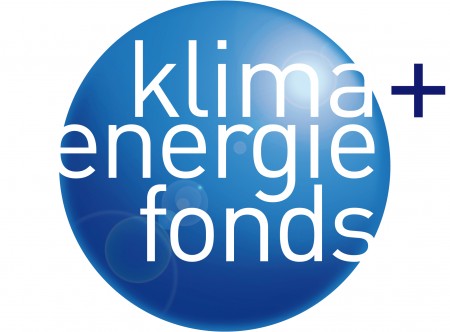IPEN – IP Infrastructure for Energy Networks
Study of interdependencies between the communication and the electrical network, in particular, how impairments of the communication quality (e.g. large delays, packet loss) affect the quality of control in the electrical network.
The increased integration of renewable energy sources and the volatility in future energy systems require adequate control systems to meet the demands on reliability, inter-operability and inter-changeability (according to EU mandate M490). The IEC 68150 series of standards has been successfully employed for over 10 years in substation automation. Through recent additions to the series the area of application has been continuously extended. As an example, IEC 61850-90-5 specifies the transmission of synchrophasor information via IP multicast (May 2012). Phasor Measurement Units (PMU) are seen as a promising technology for improving or enabling energy applications [SGM, SPA10], nowadays primarily in the transmission networks but increasingly also in the distribution networks. Depending on the specific type of application, the transmission of PMU data is subject to stringent demands on the communication network.
While the quality demands are easily met in local optical networks recent studies have obeyed packet loss and delay violations in routed wide-area IP networks. These quality impairments are seen very critical for demanding applications like tele-protection or the monitoring of the electrical network’s dynamic state (smart grid metrology). A root cause of the problem is the missing signalling component between the energy protocols and the Internet Protocol (IP). In lack of the specific communication requirements the IP network can’t be configured adequately. As a consequence, wide-area transmissions have so far not been implemented on the basis of packet networks. However, the use of IP technology is indispensable to meet the demands for a cost-effective decentralized smart grid communication infrastructure.
The scientific foundation of the project is the study of interdependencies between the communication and the electrical network, in particular, how impairments of the communication quality (e.g. large delays, packet loss) affect the quality of control in the electrical network. A selected energy application will be embedded into a worst-case simulation scenario to analyse the impact of communication latency on the stability of the electrical network.
The results will be a major output of the project as such interdependencies have not yet been studied sufficiently and some quantitative thresholds, as e.g. specified in the IEC 61850-90-5 standard, seem arbitrary.
From the results of this work the communication requirements will be derived and further research will focus on a) how the formally specify these requirements and b) how to optimally map them to the resources of an IP network. The mapping process will also define monitoring tasks that observe in real-time whether the demands are indeed fulfilled as IPEN considers built-in monitoring an essential component in any critical infrastructure.
The results will be validated in lab as well as real testbeds. One output of the project will be a proposal for an extension of IEC 61850-6 to enable the specification of communication demands in wide-area networks and this extension will be actively contributed to the relevant standardization groups.
 Dieses Projekt wird aus Mitteln des Klima- und Energiefonds gefördert und im Rahmen des Programms „ENERGY MISSION AUSTRIA“ durchgeführt.
Dieses Projekt wird aus Mitteln des Klima- und Energiefonds gefördert und im Rahmen des Programms „ENERGY MISSION AUSTRIA“ durchgeführt.


